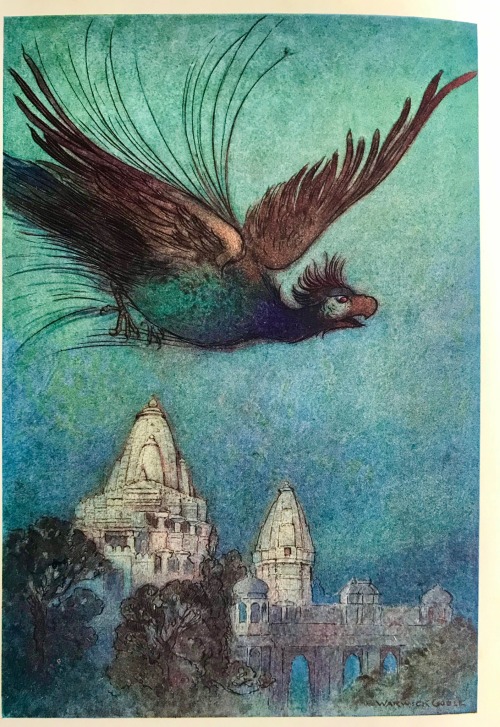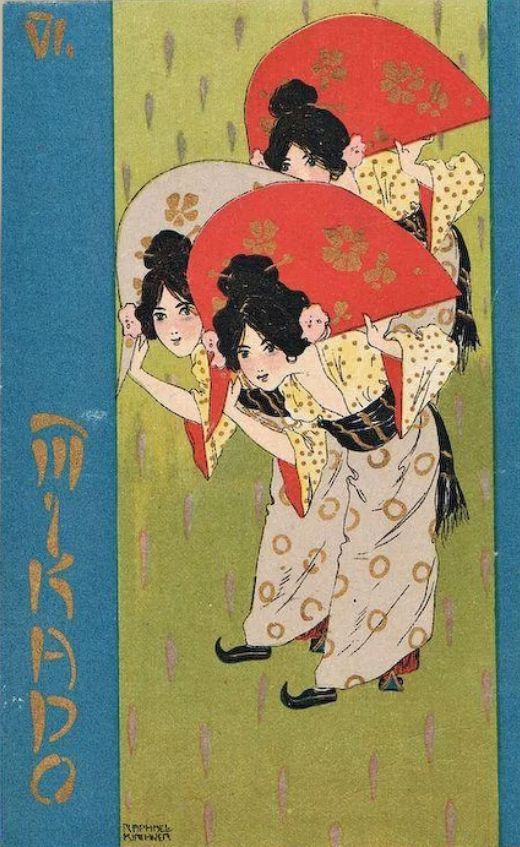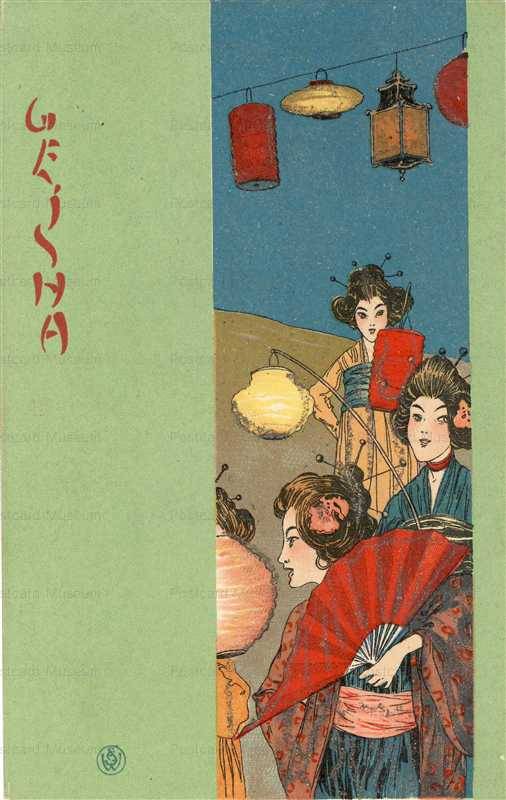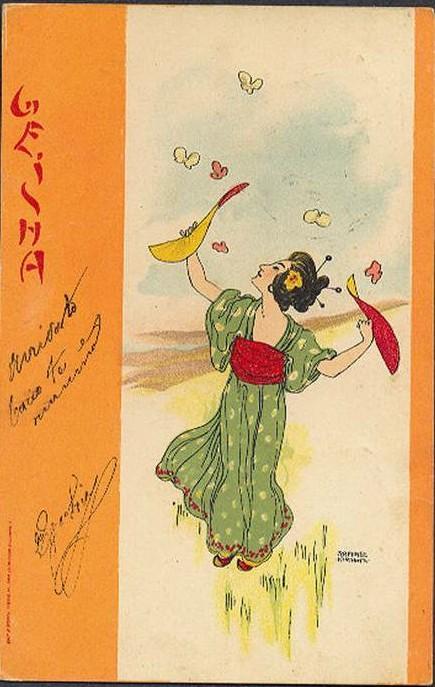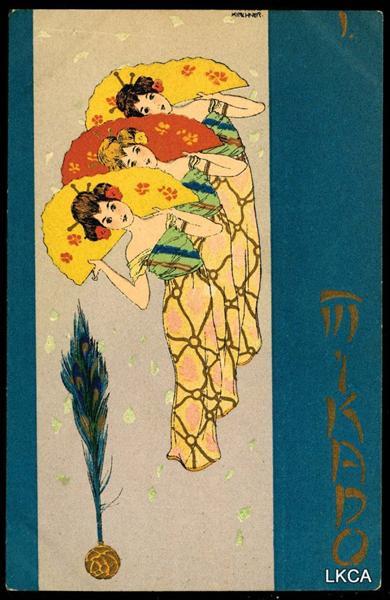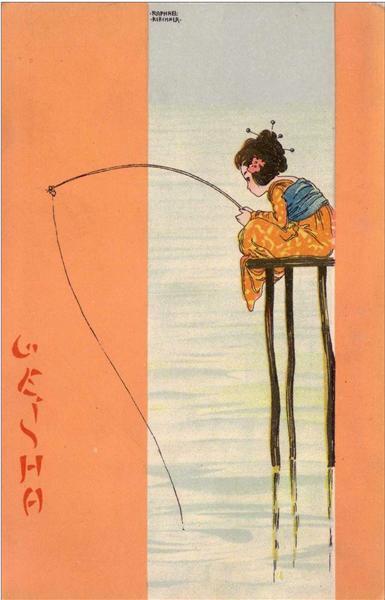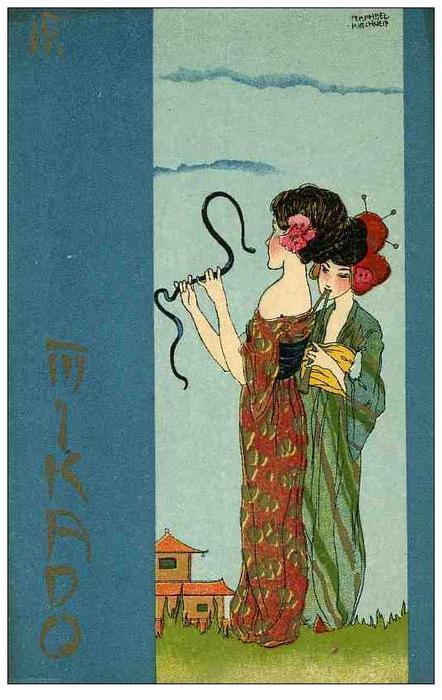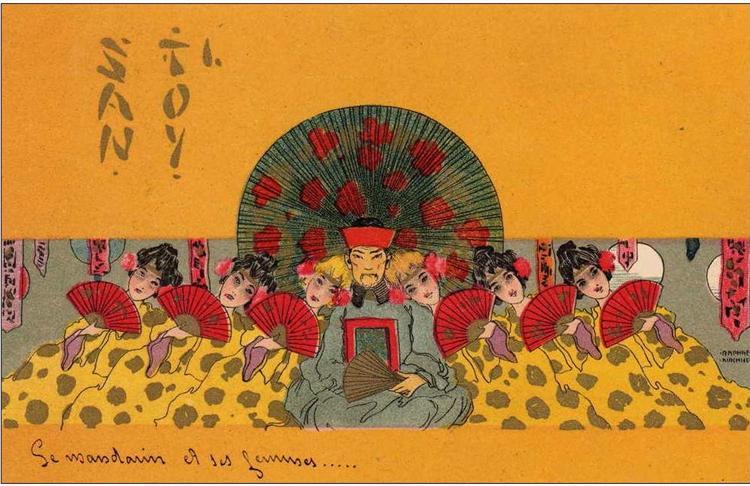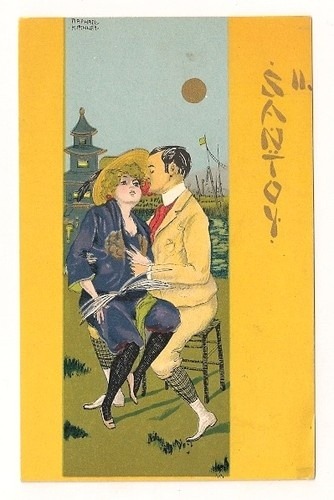“I am going to dream about you the whole night, the whole week, the whole year.”
 Carl Krenek (1880-1948), A fairy tale scene: a dark lake, boat, weeping willos, blossoms, tempera on paper, 14,3 x 17,3 cm, c 1900s-1910s
Carl Krenek (1880-1948), A fairy tale scene: a dark lake, boat, weeping willos, blossoms, tempera on paper, 14,3 x 17,3 cm, c 1900s-1910s
It’s been almost a decade since I’ve first seen the Hindi film “Saawariya” (2007), directed by Sanjay Leela Bhansali, and I still find myself captivated by the songs and the setting of the film. What is especially interesting about the film’s plot is that it is inspired by Dostoyevsky’s short story “White Nights”, which was published in 1848, rather early in the writer’s career. In the story, the nameless narrator is a lonely and dreamy young man who lives in Saint Petersburg. One night, whilst wandering the cold, winter streets, he meets a pretty young girl called Nastenka who is also lonely. Of course, he is a dreamer and suddenly Nastenka is hope personified for his lovelorn, lonely existence. The two start talking but Nastenka makes it clear that she doesn’t want romance, and eventually she returns to her lover. In the film “Saawariya” the young man Ranbir Raj (played by Ranbir Kapoor) is the nameless narrator and the Dreamer from Dostoyevsky’s story. Raj’s Nastenka in the film is a young Muslim girl called Sakina (played by Sonam Kapoor) whom she meets one night. But Sakina is in love with her grandma’s tennant, a man called Imaan. Raj is also a musician and he spends a lot of time with the local prostitutes, trying to cheer them up and brings some hope to their sad lives, so he is a warm and kind-hearted man. That aspect is diffent from Dostoyevsky’s story, but the ending is, sadly, similar. Sad for the Dreamer that is.



Scenes from the film “Saawariya”
Now, another thing I love about the film was the aesthetic. The nocturnal, fantasy setting is gorgeous, with no real indication of time, place or the passing of time; a truly dream-like setting for the story because it is told from Ranbir’s memory. One of the most beautiful scenes, for me, is from the song Masha Allah when Ranbir and Sakina encounter each other at night; she is frightened and alone, her veil falls off and the moonlight reveals a beautiful face and Ranbir is instantly smitten and proclaims: Masha Allah! The scene, like the film itself, is bathed in indigo-blue light, and the two are gliding on a boat adorned with flowers over a lake and pass under a bridge where, for a mere second, Rabir can get close to Sakina. The light of the lanterns and neon signs on the buildings is showing them the way. The boat, the water, the bridge, all made me think of Venice and the nocturnal scene really has a magic about it. Here is an interesting commentary on the film’s aesthetic, from an article “The socio-political mutation of Dostoevsky’s White Nights in Hindi Cinema through the ages” written by Eshan Parikh here: “Bhansali created a real dreamscape, one that seemed to exist in a timeless space and was inspired by Indian and European architecture. There is no sense of day/night and seasons. There are shots where you see the dome of a Rajasthani fort like building inside the arch of the replica of Champs-Élysées. There are walls with graffiti in Urdu and shops with English names which were reminiscent of Colonial India. No real year is mentioned where this story may have been set and even the way people dress up is a mix of modern urban styles and more vintage styles of the Colonial era.”
This scene from the film captivated me so much that I started looking for similar examples in art; paintings whose mood and motif fits the mood of the scene in the film, and I found three. The first one is a tempera on paper called “A fairy tale scene: a dark lake, boat, weeping willows, blossoms” by an Austrian painter Carl Krenek. The intense blue and green shades are absolutely stunning! In the foreground of the painting there is a row of semi-abstract flowers which look really groovy and behind them is the vibrant blue lake. I especially love the strokes of lighter blue on the dark blue background; they are so flowing and free. In the middle of the lake is a couple on a boat, gliding towards infinity. We can even see a little bit of the sky – the starry night.

Scene from the film Saawariya (2007)
Now, here is a lovely passage from Dostoyevsky’s story where the nameless narrator talks about himself and his relationship with Nastenka:
“I am a dreamer. I know so little of real life that I just can’t help reliving such moments as these in my dreams, for such moments are something I have very rarely experiened.
I am going to dream about you the whole night, the whole week, the whole year.
I feel I know you so well that I couldn’t have known you better if we’d been friends for twenty years. You won’t fail me, will you? Only two minutes, and you’ve made me happy forever. Yes, happy. Who knows, perhaps you’ve reconciled with me, resolved all my doubts.
(…) If and when you fall in love, may you be happy with her. I don’t need to wish her anything, for she’ll be happy with you. May your sky always be clear, may your dear smile always be bright and happy, and may you be forever blessed for that moment of bliss and happiness that you gave to another lonely and grateful heart. Isn’t such a moment sufficient for the whole of one’s life?“
The second painting which made me think of the scene from the film was Maurice Prendergast’s watercolour “Feast of the Redemeer”, painted in 1899. I have already written a longer post about it here, but esentially what reminded me of the film was the nocturnal setting, the dark waters, the magical ambience created by the plethora of lanterns and the the boats of course. I can imagine Ranbir and Sakina on one of those boats; he is mesmerised by her beauty, she is daydreaming of her lover, both are enjoying the fleeting dream-like moments while above them is a dark cloud of unrequitedness and an inevitable separation and ending.

Maurice Prendergast, Feast of the Redeemer, c 1899, watercolour
The third and the final painting I found is Edmund Dulac’s watercolour “The Fisherman – The Nightingale”, date unknown but probably early twentieth century. The watercolour shows a nocturnal scene with a fisherman in his little boat gliding on the waters of a river or a lake. The blueness of the water is kissing the blueness of the sky and it is hard to tell the line between the water and the sky. Instead of a fisherman I imagine Raj and Sakina on that boat. The crescent moon, half hidden by the tree branches, is a romantic touch, and I also really love how the trees are almost imposing their way into the painting, forcing their branches into our sight. There is ever so soft light of the moon falling on the water but it is subtle detailing such as that one that bring magic to the scene.
“Among these trees lived a nightingale, which sang so deliciously, that even the poor fisherman, who had plenty of other things to do, lay still to listen to it, when he was out at night drawing in his nets.”
(Hans Christian Andersen, The Nightingale)

Edmund Dulac, The Fisherman – The Nightingale, no date




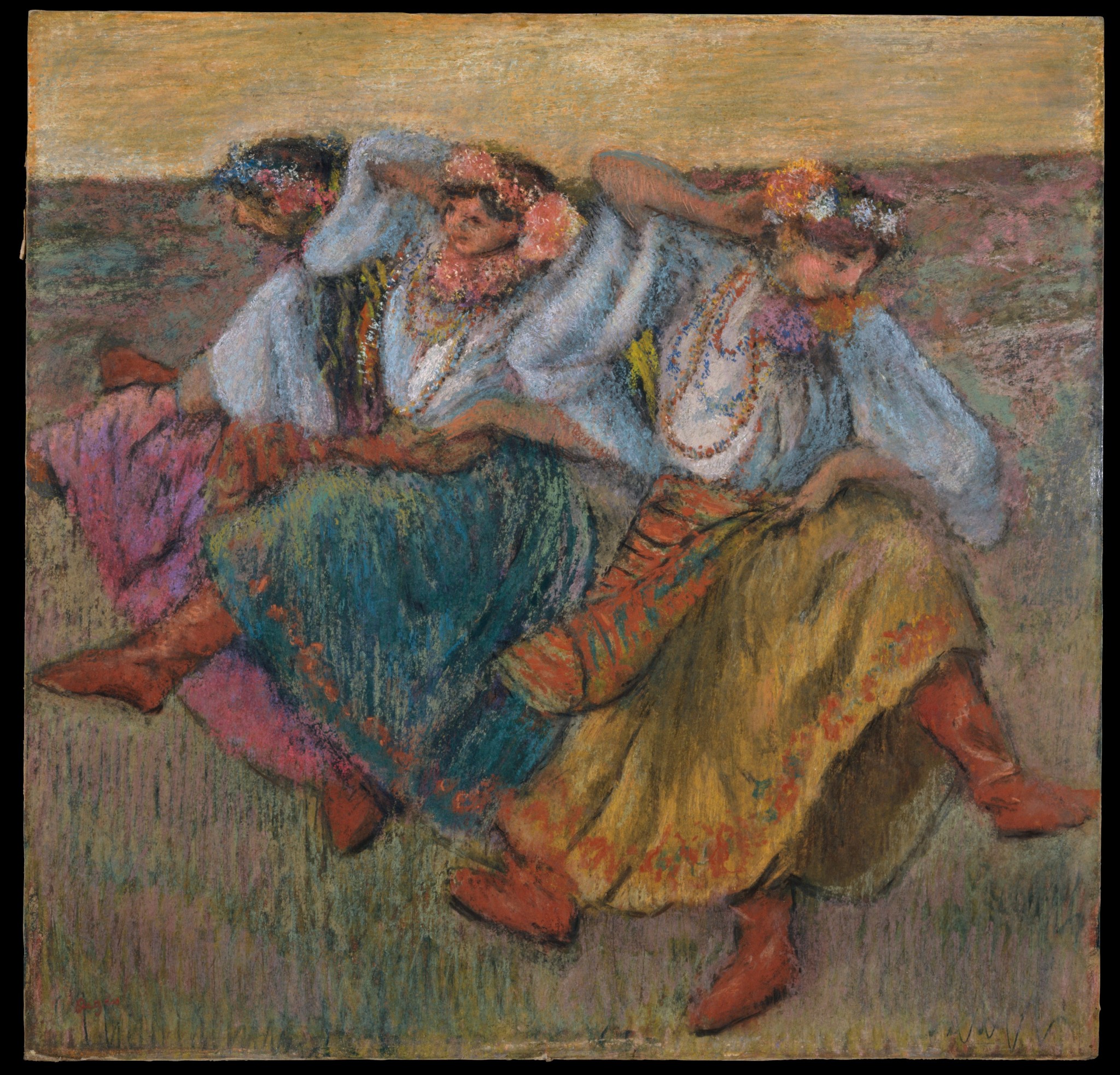
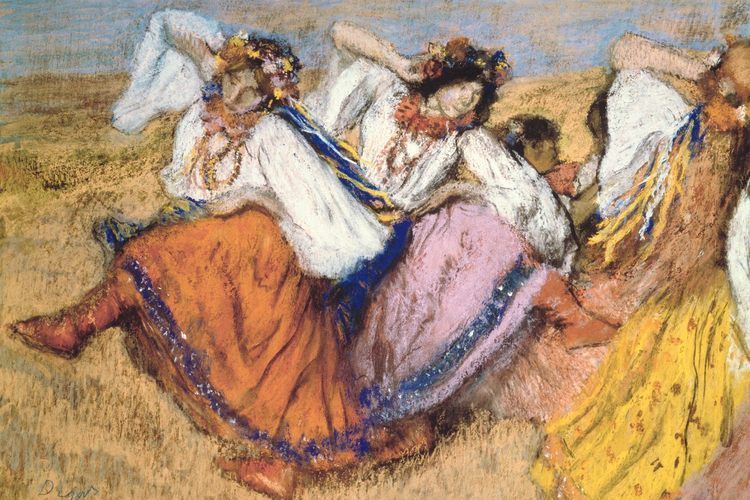



 Picture found
Picture found 




